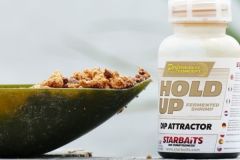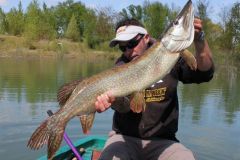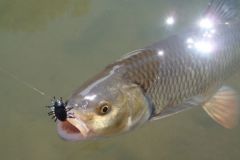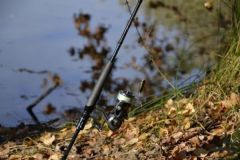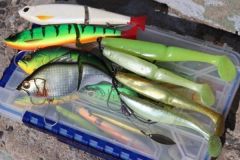Preparing rods and reels
After a long wintering season, your equipment has gathered a bit of dust, and you'll need to get it back in shape for the opening. First, check the condition of your equipment by looking at it closely. A rod that has been stored in a place where you often move it may have taken a shock to the blank or a ring. A damaged ring ceramic will cost you in lures and fish, as the braid will rub against it with each cast.
Speaking of braids, you can also change them, so you'll be sure of a new one as soon as you open. However, choose the same model as usual, as a new brand or range could change your habits and you risk wasting time. If you don't want to change your braid, you can simply turn it inside out, putting the old lure side into the spool and vice versa. This allows you to reuse a braid that's still in good condition for twice as long.
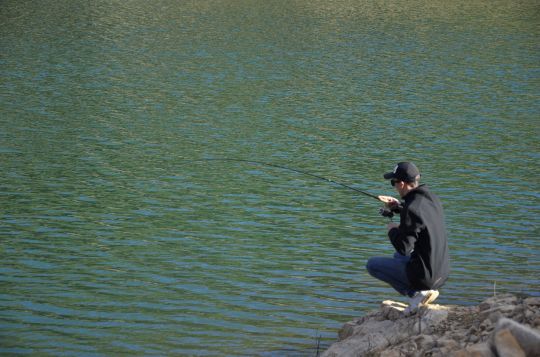
Sorting boxes
Reorganizing your boxes before the opening will save you a lot of time, as you won't have to search for the lures that interest you in a box that's already full. Make a selection of what you think will be interesting to have on the water on your first weekend, without overloading yourself.
Start by selecting your trusty lures, which you're used to using and with which you catch fish all year round. It's better to have a lure that's not ideally suited to the season, but which you know how to animate perfectly, rather than one that's perfect for the season but which you've never used. You can also take the opportunity to replenish them with sizes or colors that used to work, but that you've lost in previous sessions.
You have two effective options for your storage, the graded box or the master box. Classified boxes allow you to separate hard and soft lures, especially if you need a lot of tackle, since some soft lures can melt the paint off hard lures. The all-purpose box lets you go fishing light, especially when you're fishing from the shore and need to do a lot of walking.
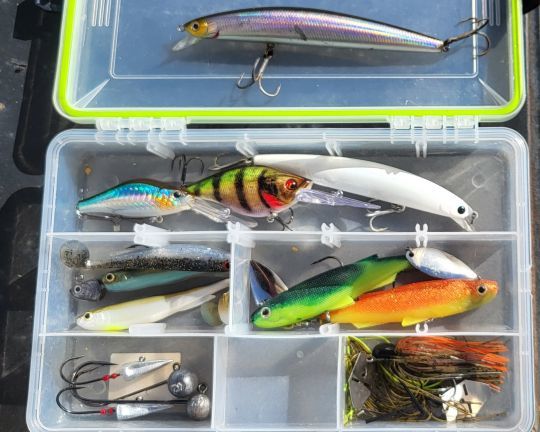
Rearming decoys
It's a common misconception that lure hooks can last for many seasons. However, even if you can't always see it with the naked eye, the point of a hook quickly dulls. When they come into contact with a branch, a rock or even after a lot of fish, hooks lose much of their sharpness and can create a lot of stalls.
Of course, when it comes to leaded heads on soft lures, there aren't many ways to keep them going for long, unless you remember to sharpen them before each outing. You can, however, fit them with a flying hook to limit the risk of losing a fish, even if the leaded head hardly stings any more.





